On December 4-5, the Asia-Pacific Cultural Heritage Conservation Achievement Exhibition and the International Seminar on Historic City Conservation and Sustainable Development was held in Xiaodong Park, Sanoying Historical and Cultural District, Mendong, Nanjing. The exhibition and seminar are jointly sponsored by UNESCO, the Organizing Committee of Nanjing Historical and Cultural City Expo and Southeast University, and jointly organized by the School of Architecture of Southeast University and Nanjing Bureau of Planning and Natural Resources, and launched to the society as the first event of the 9th Nanjing Historical and Cultural City Expo. The symposium focuses on the preservation and sustainable development of historic cities in the context of urbanization in the 21st century, and carries out cross-regional discussions on different levels of cities, neighbourhoods and buildings, and showcases typical significance of cultural heritage protection in countries in the Asia-Pacific region, China and Nanjing. To explore urban planning and design concepts that are more in line with the characteristics of Asian civilization, historical process and urban and rural context, and commit to the development of sustainable cities and heritage protection in the future.
The Asia Pacific Cultural Heritage Conservation Achievement Exhibition includes three sections: the Asia Pacific region, China and Nanjing. Among them, the Asia-Pacific region exhibited 21 World Heritage city cases and 6 Asia Pacific Heritage Award Innovation cases; The China section exhibits 11 cases of Chinese World cultural Heritage; Nanjing selected 20 cases of protection and action of historical and cultural cities. The exhibition will be open to the public from December 4-26 to promote public awareness and participation in the preservation of historic and cultural cities.
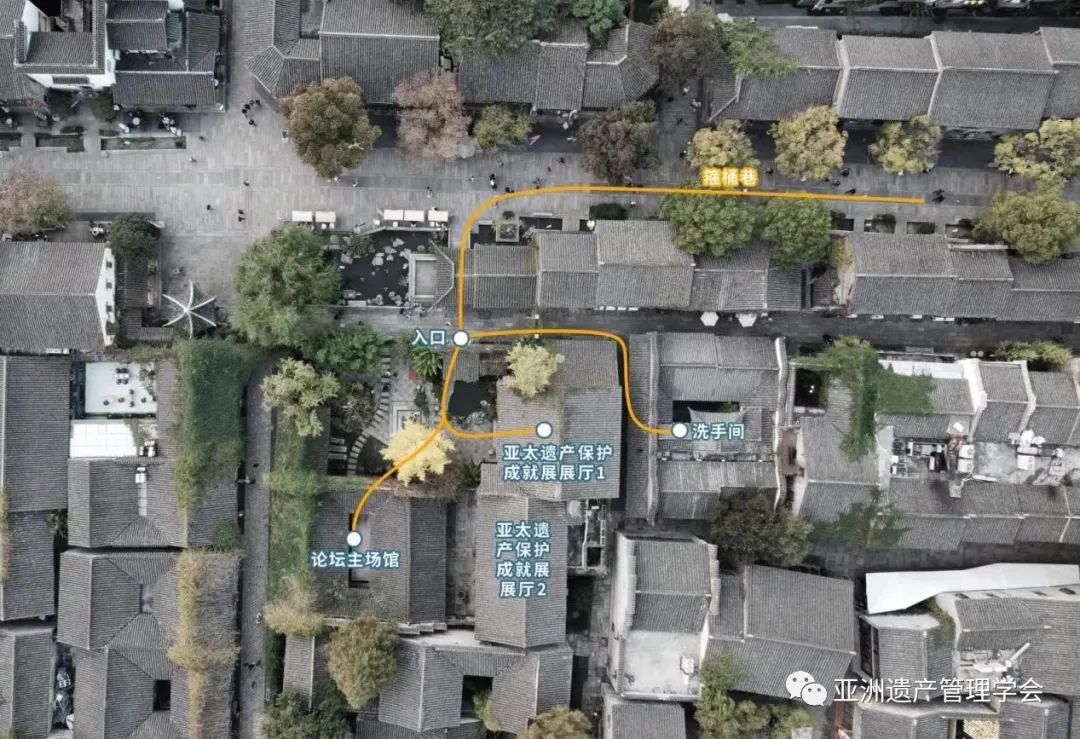
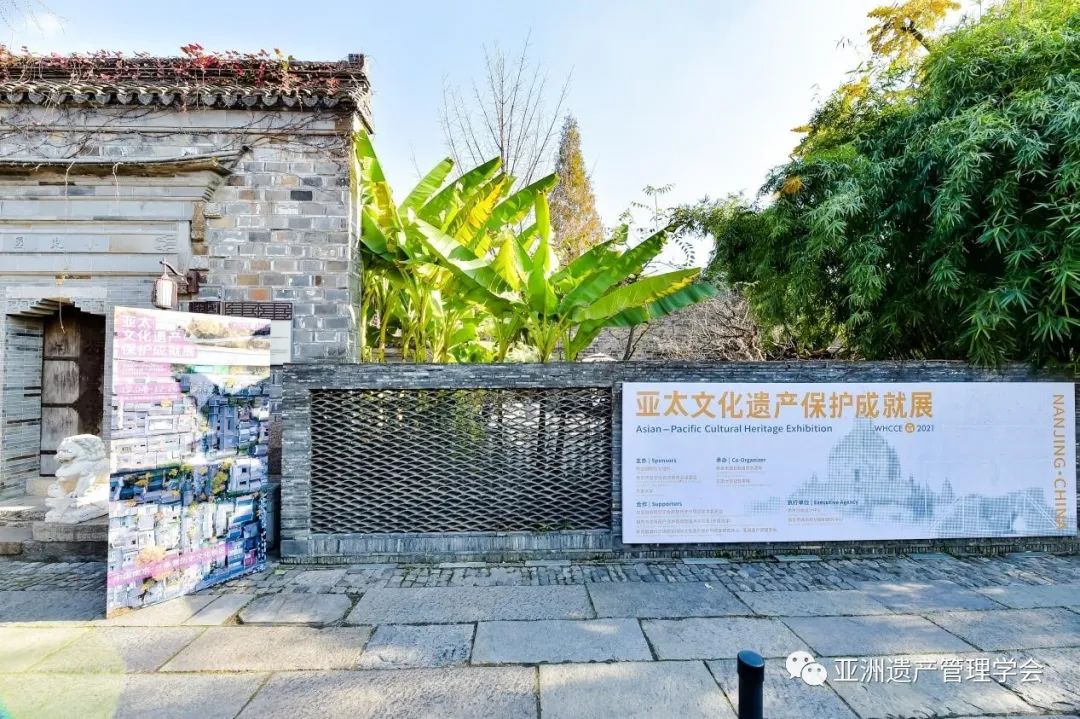
According to the region where the heritage is located, the Asia Pacific exhibition is divided into six parts: West Asia, East Asia, Southeast Asia, Central Asia, South Asia and Oceania. Echoing the theme of the famous City Expo, the Asia-Pacific Region exhibition selected 21 ancient city heritage sites across the Asia-Pacific region, including the ruins of Babylon in Iraq, the ancient Kyoto site in Japan, the ancient city of Ayutthaya in Thailand, the ancient city of Samarkand in Uzbekistan, the archaeological site of Mohjodaro in Pakistan, and the port town of Levuca in Fiji. In each case, the public is presented with the date of construction, location, date of listing as a World Cultural Heritage site, a brief description of the site, and the Outstanding Universal Value (OUV) recognized by UNESCO.
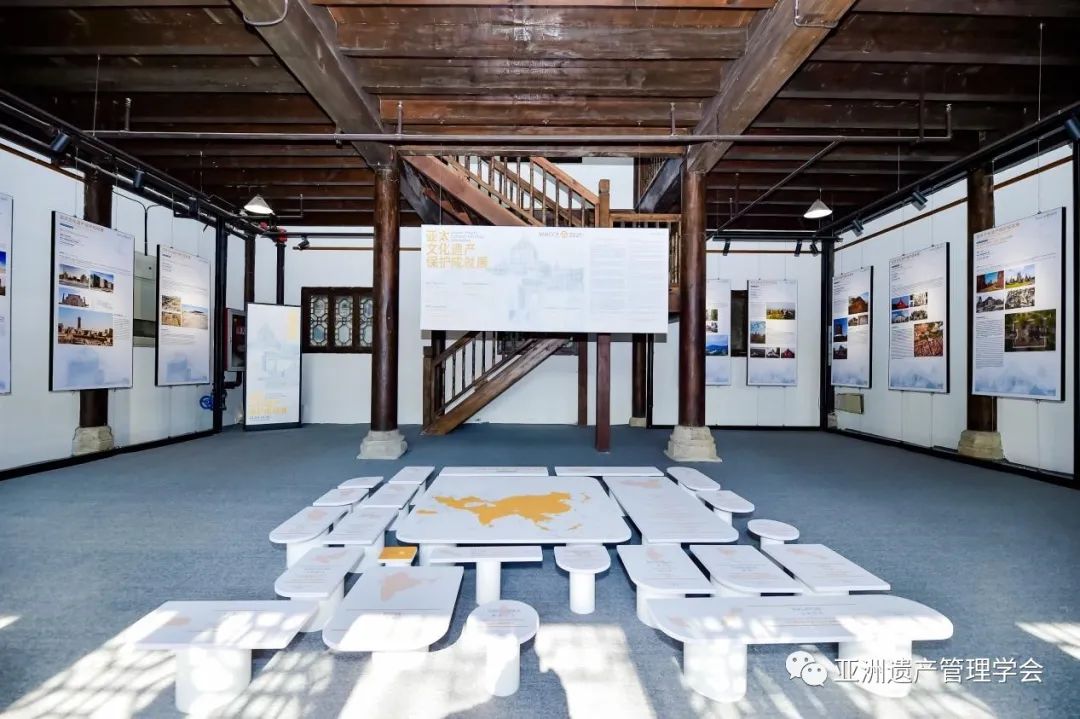
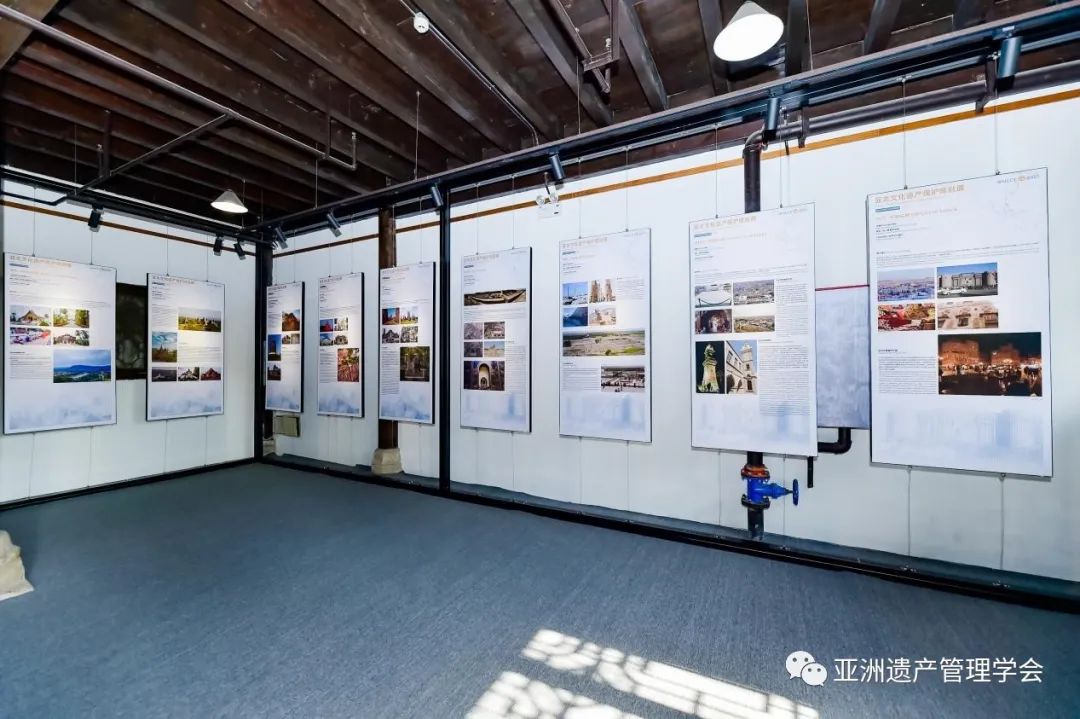
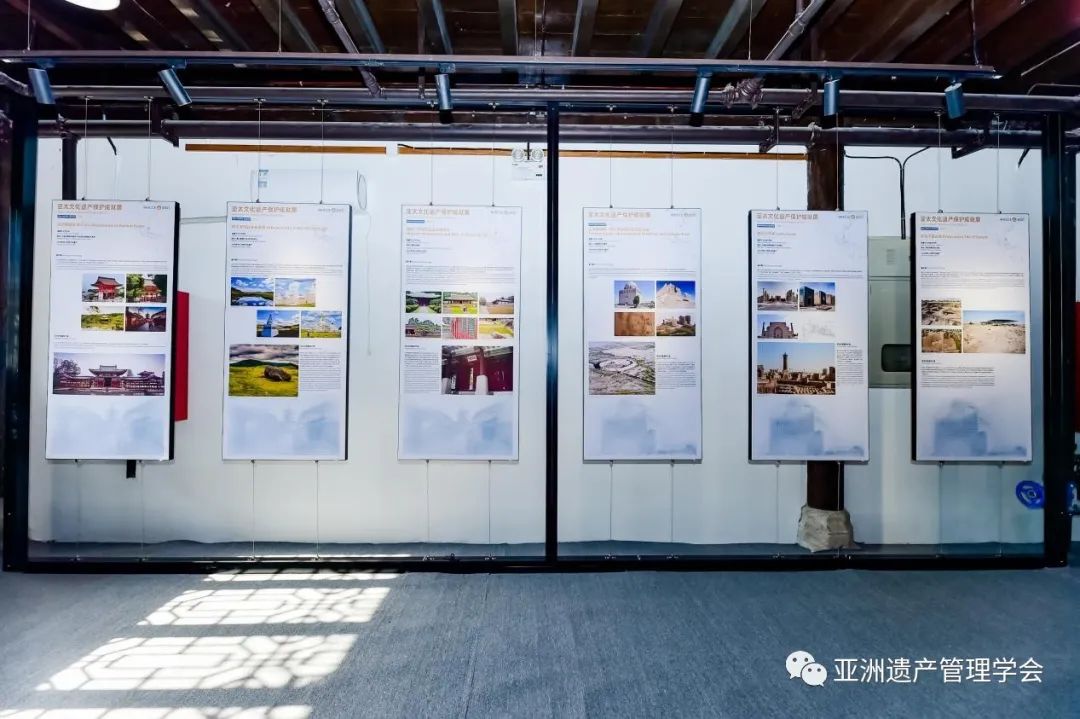
In the Chinese part of the exhibition, nine representative urban settlement heritage cases are selected, including Pingyao Ancient City, Lijiang Ancient City, Xidi and Hongcun, Macao Historical City, Gulangyu Island, Quanzhou, Fujian Tulou, Wudang Mountain Ancient architectural complex, Kaiping Diaolou, etc. In addition, large-scale linear heritage cases of the Grand Canal and the Great Wall, which connect different urban settlements, are also displayed. The panel shows the distribution of China's urban World Heritage list. These cases reflect the profound historical heritage of China as an important part of the Asia-Pacific region through the rich urban culture of different regions. The display panels are arranged on the art paper table in the chronological order of the World Cultural Heritage.
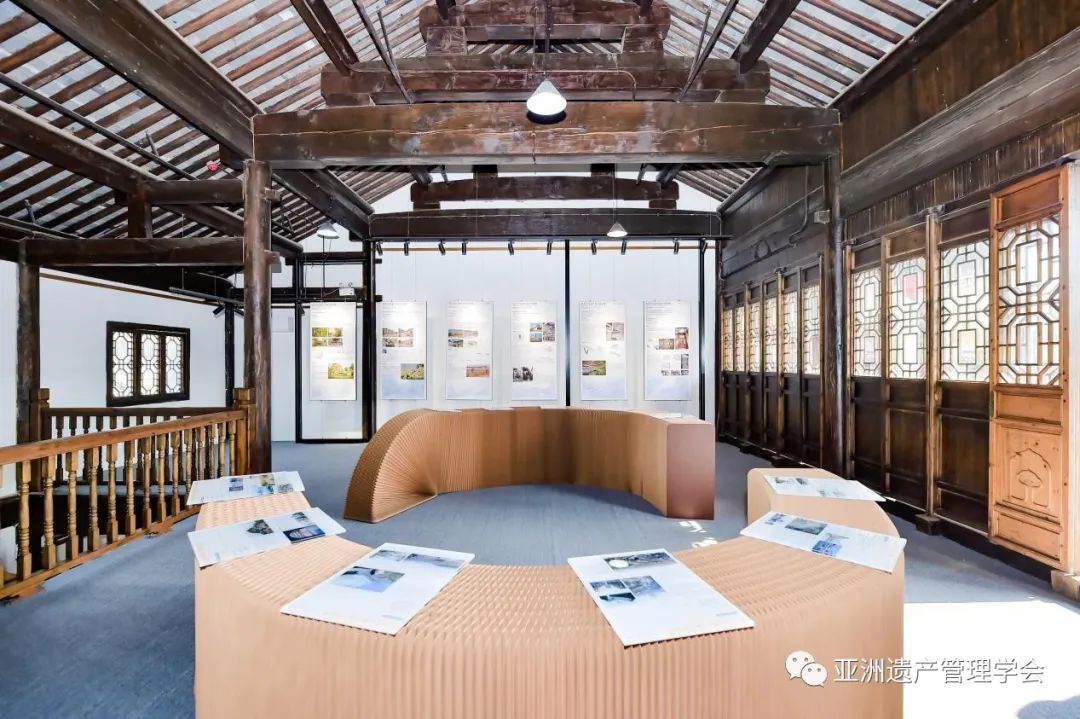
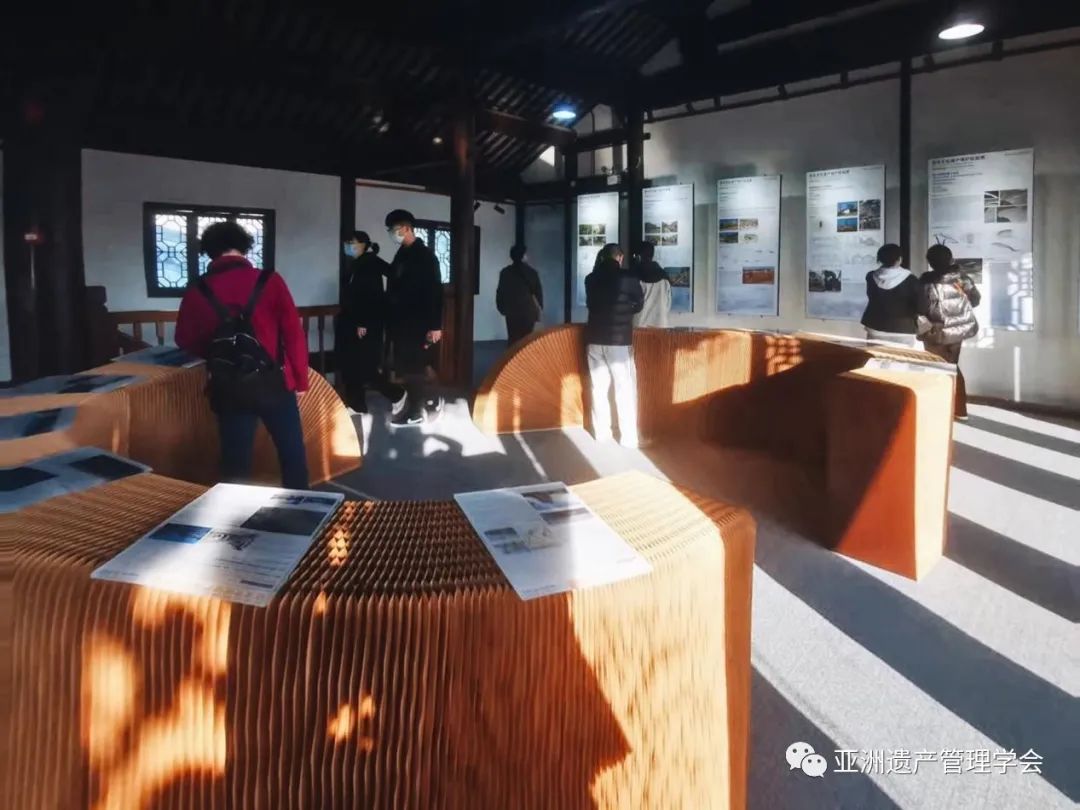
The Nanjing section of this exhibition reflects Nanjing's systematic system construction, mechanism exploration and implementation effectiveness in the protection of famous cities in recent years through 20 cases of famous cities protection. The Nanjing case includes the World cultural Heritage Ming Xiaoling Mausoleum, Nanjing City Wall, 3 historical and cultural districts (Fuzi Temple, Yihe Road, Nanbao Hall), 2 historical areas (Xiaoxi Lake, Hualugang), 1 historical and cultural village (Qiqiao Village), 1 traditional village (Lixiang Village), 2 industrial heritage (Jiangnan Cement Factory, Kunyuan Bai Cement Factory), and 9 cultural relics protection and protection Environmental remediation planning. Through the display of the planning and design drawings and the real photos before and after the heritage protection and renovation, the systematic and complete planning system of Nanjing city is fully reflected, as well as the extraordinary achievements made in the protection and utilization of cultural resources.
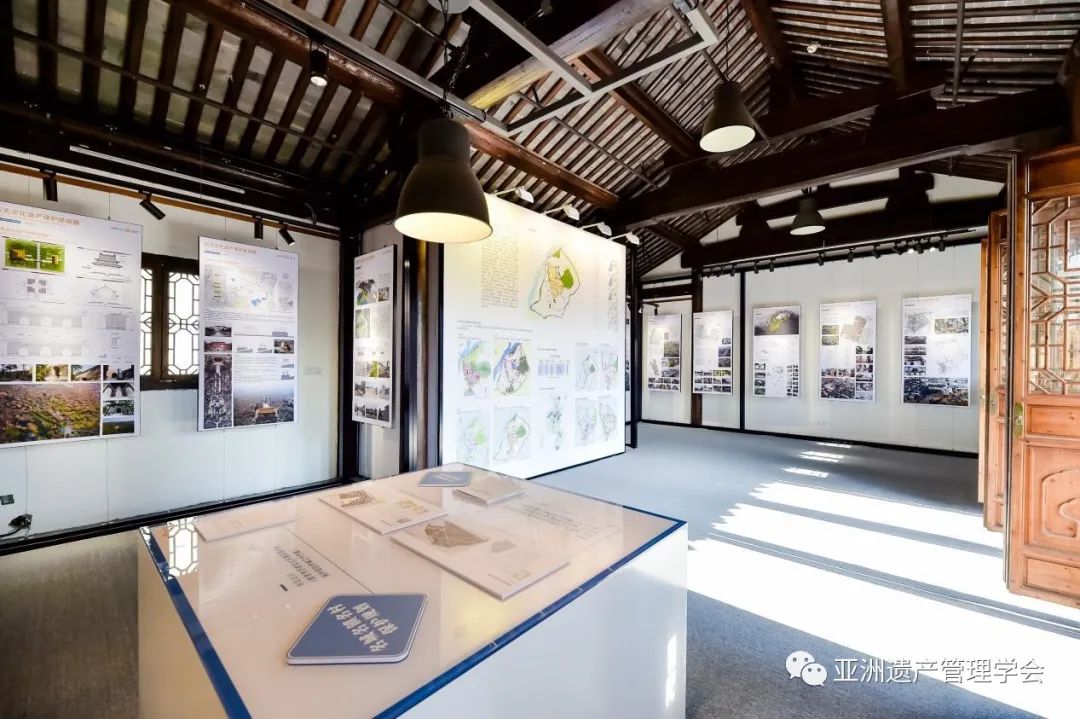
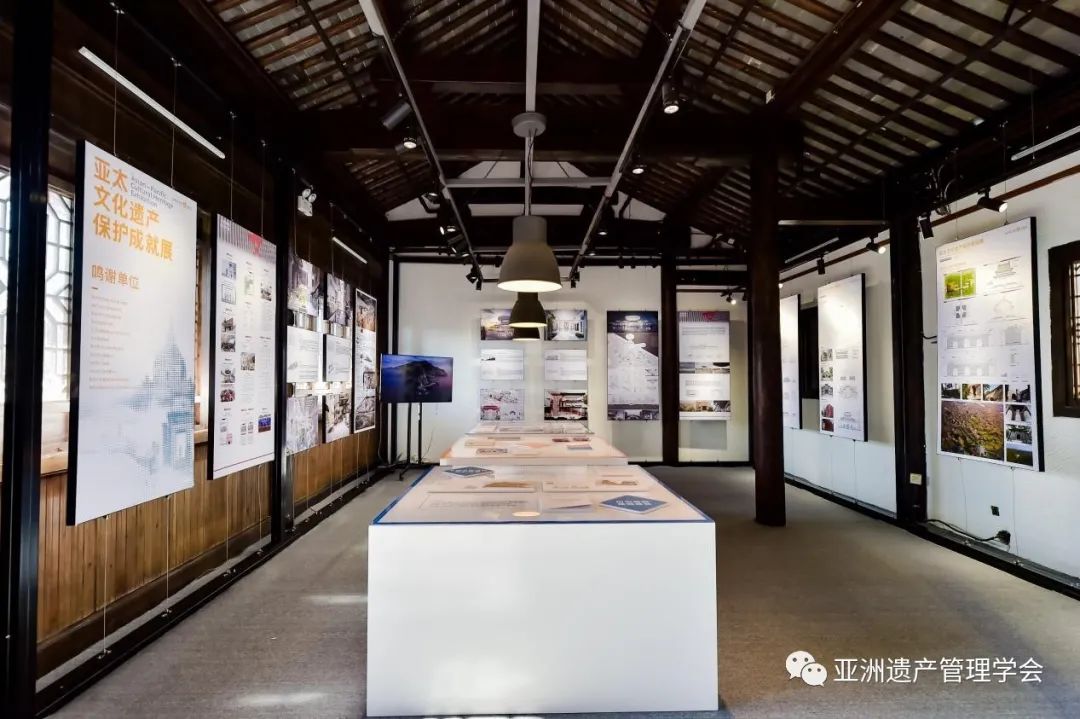
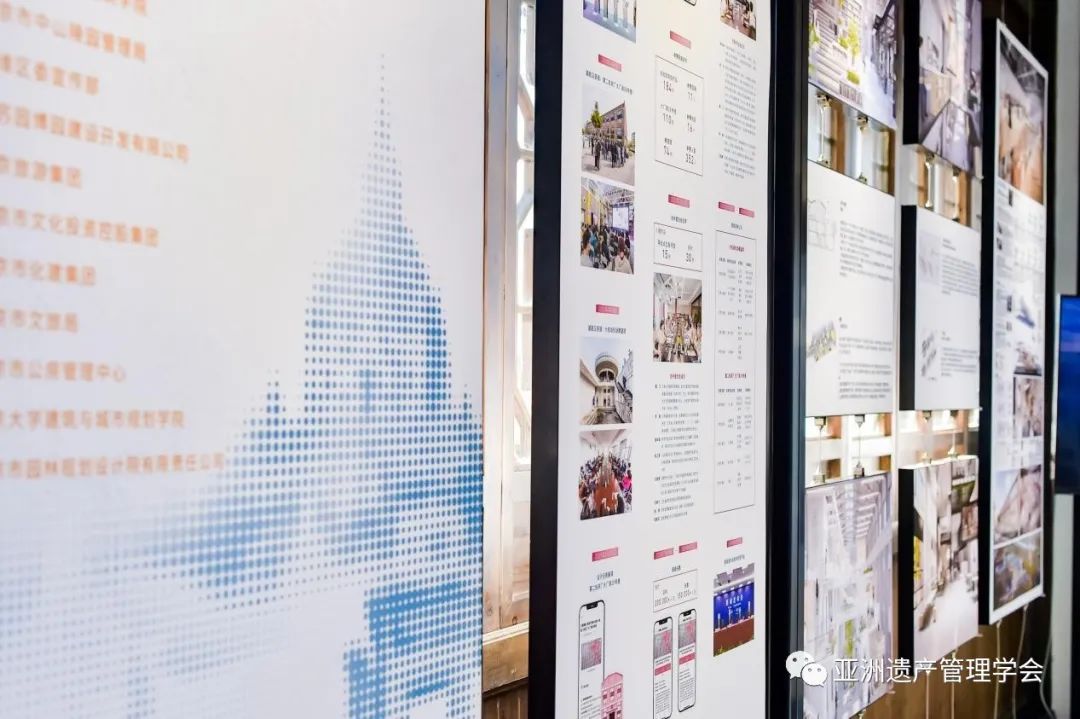
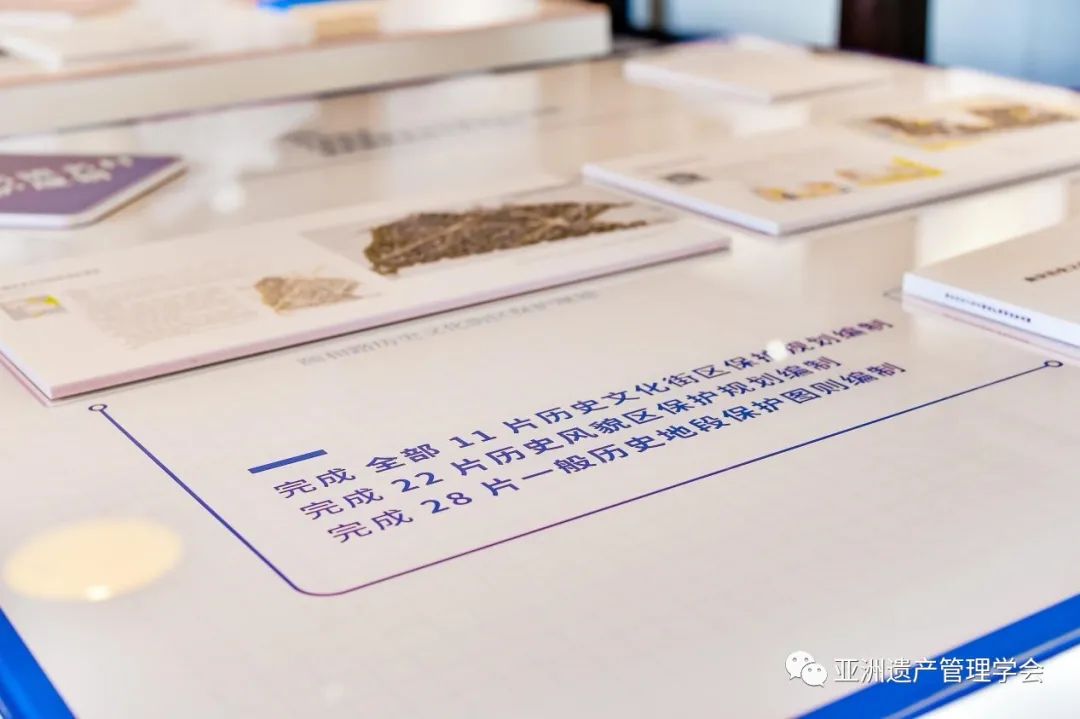
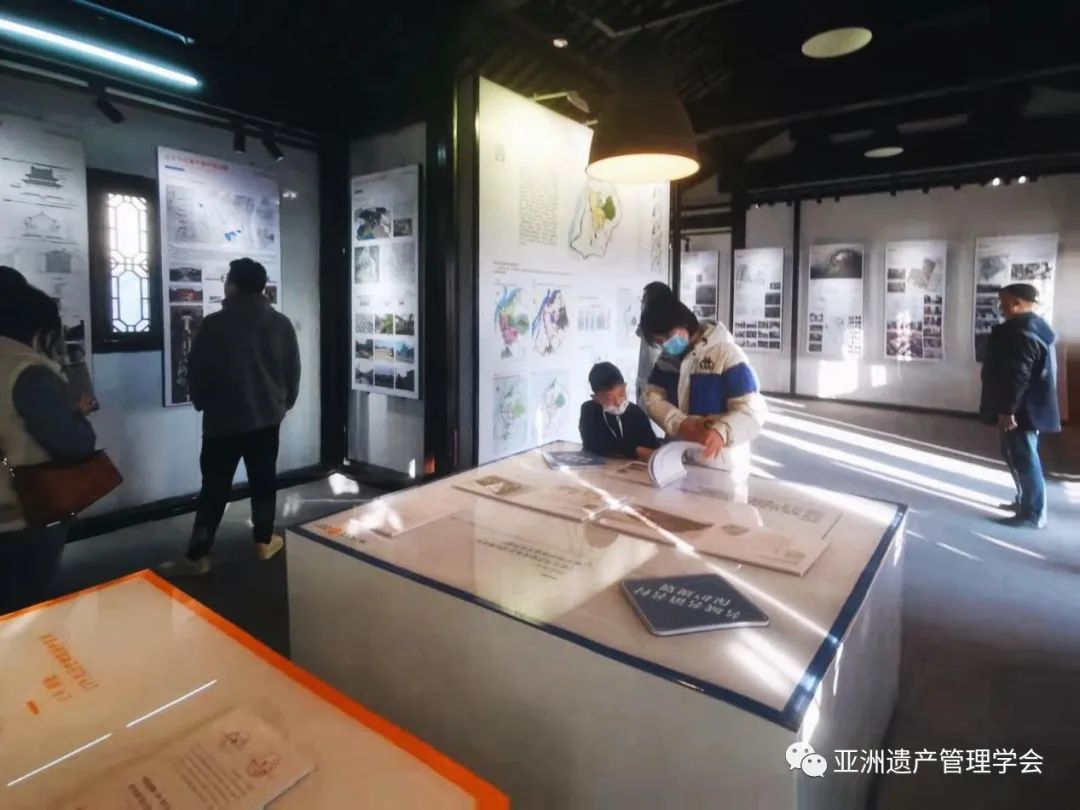
The Asia Pacific Cultural Heritage Conservation Achievement Exhibition is located in the Xiaodong Park of the three battalions of Men East. The international exhibition content and the Chinese historical environment reflect each other, attracting a large number of tourists to line up to visit.
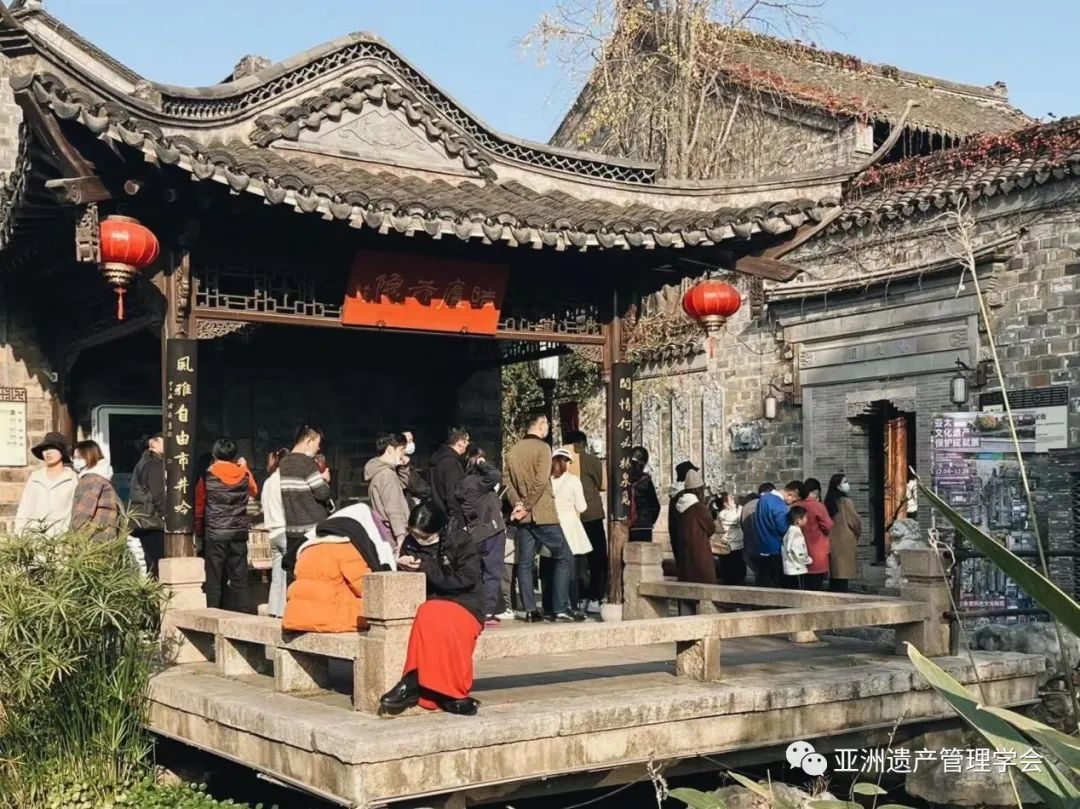
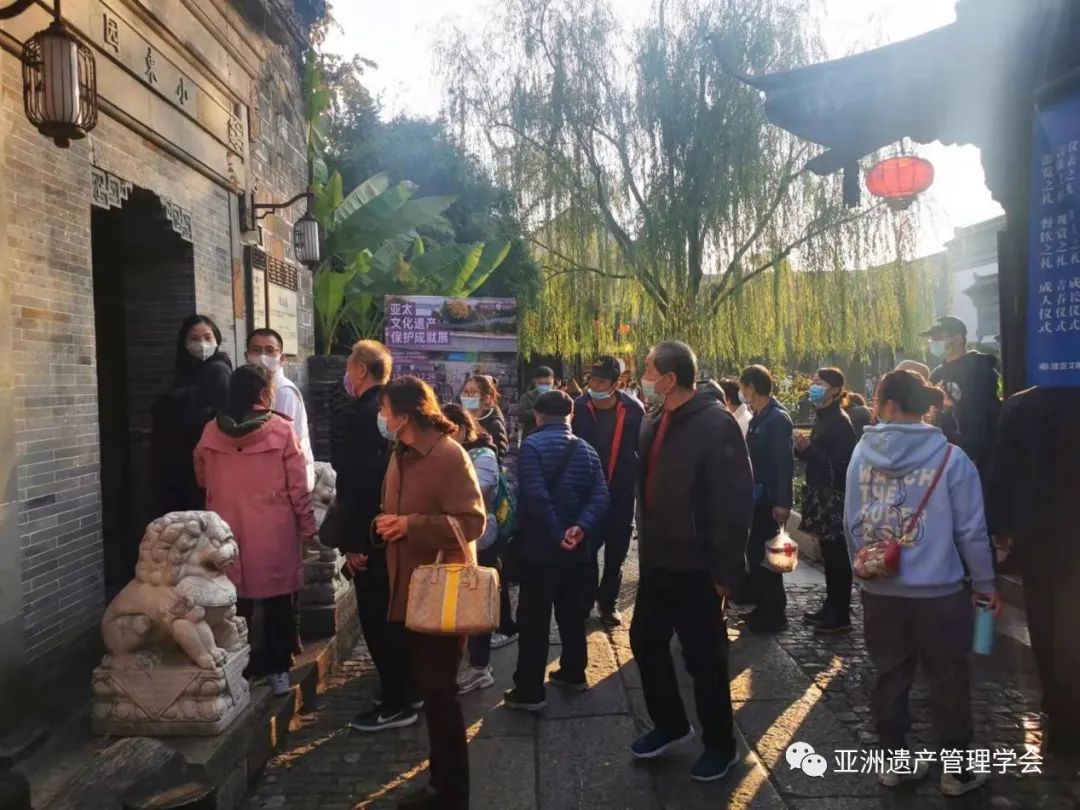
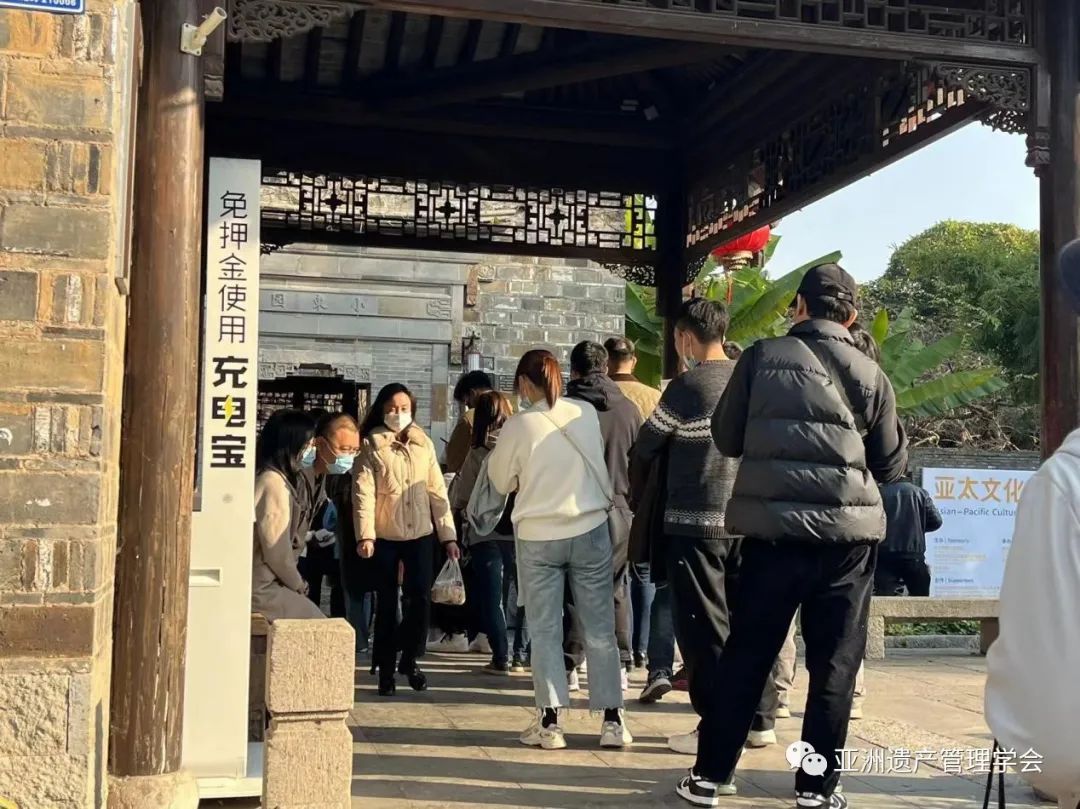
This exhibition is also a beneficial attempt to revitalize the historical environment, which is very consistent with the theme and design concept of Nanjing Historical and Cultural City Expo.
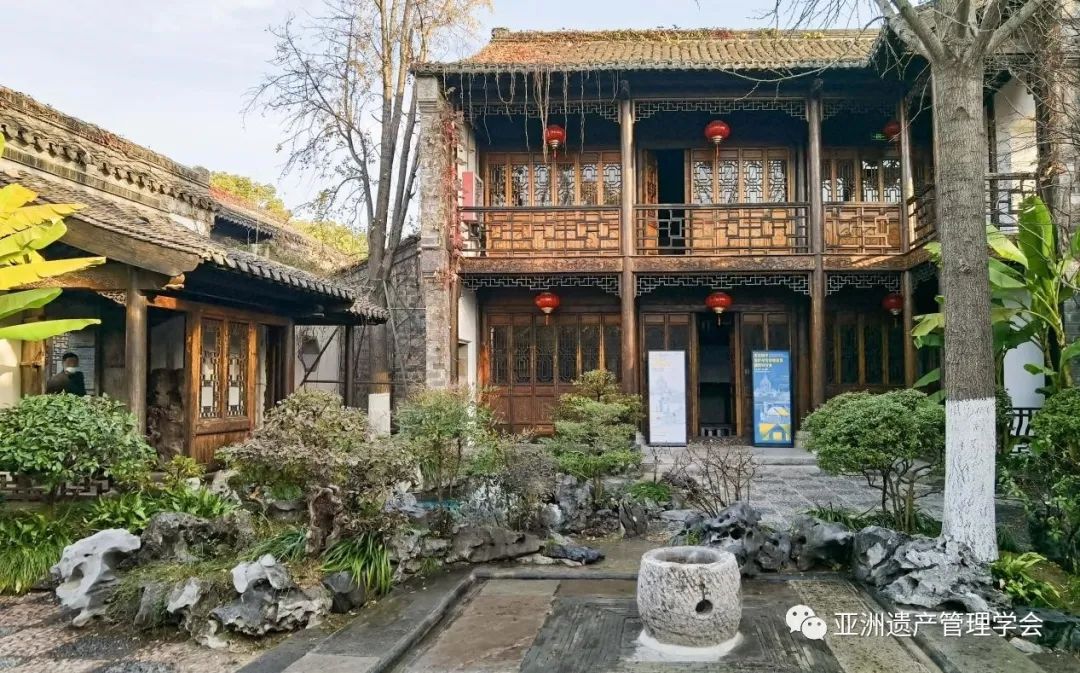
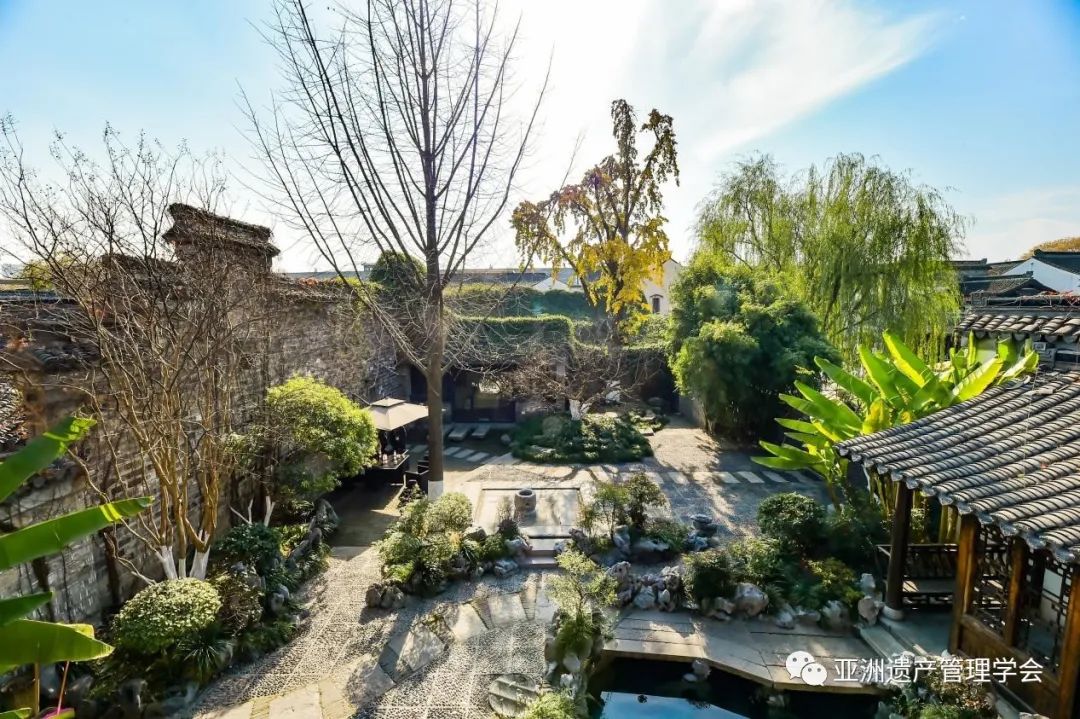
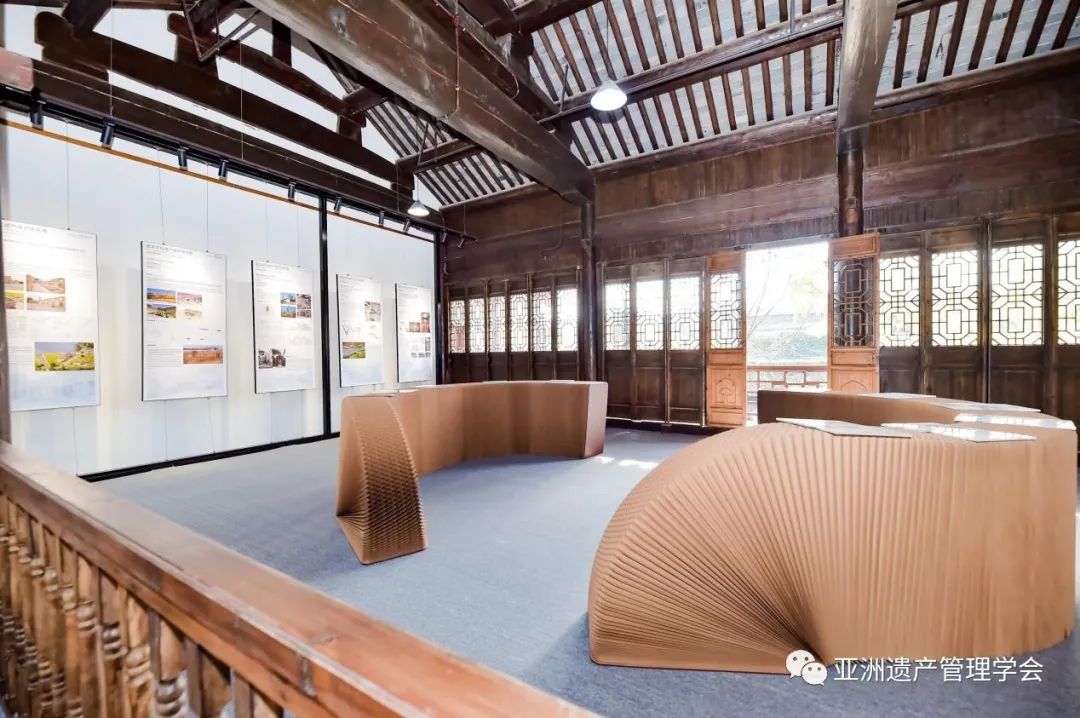
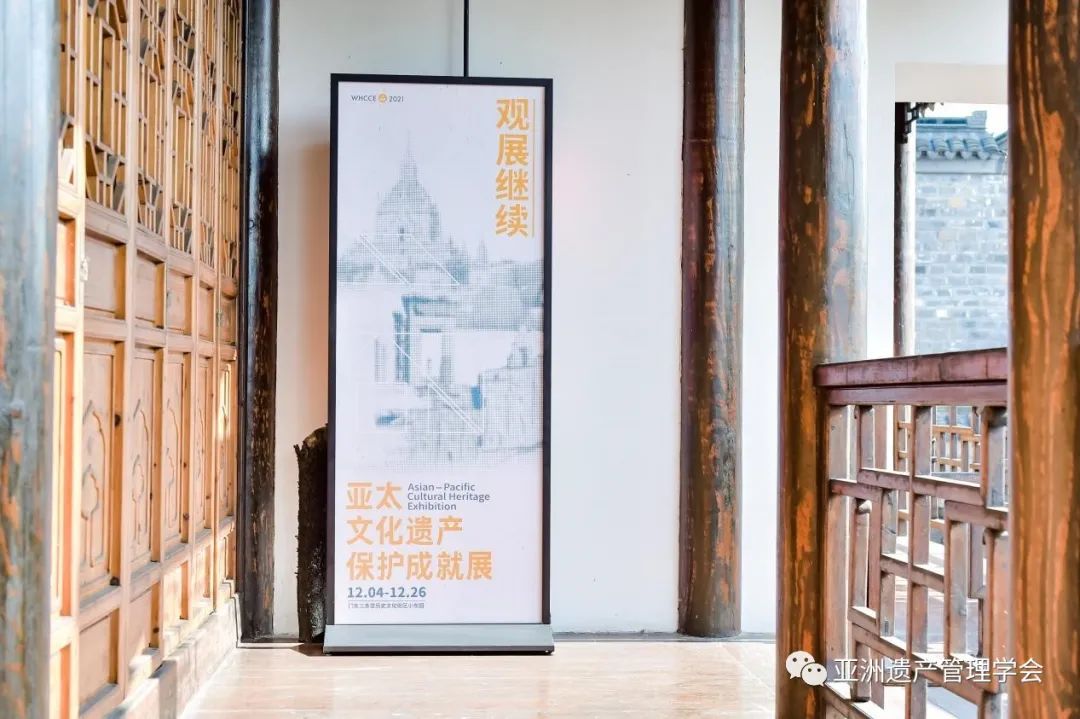
sponsor
UNESCO
Organizing Committee of Nanjing Historical and Cultural City Expo
Southeast University
undertake
School of Architecture, Southeast University
Nanjing Bureau of Planning and Natural Resources
cooperation
Academic Committee of Planning History and Theory, Urban Planning Society of China
Key Laboratory of Urban and Architectural Heritage Conservation, Ministry of Education (Southeast University)
UNESCO International Research Centre for the Conservation and Restoration of Cultural Heritage - Asian Institute of Heritage Management (AAHM)
Executive unit
Nanjing Creative Design Center
Nanjing City planning Research Center
No. 41, Beijing East Road, Xuanwu District, Nanjing
Nanjing China